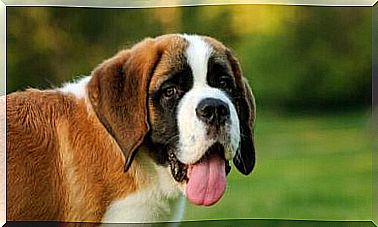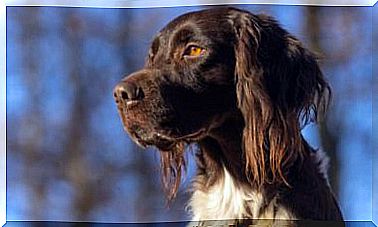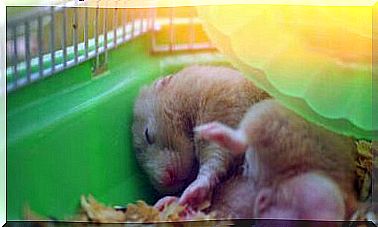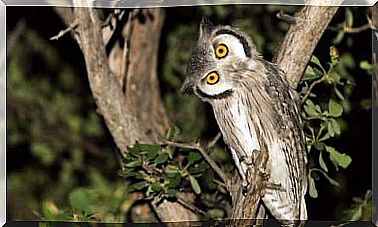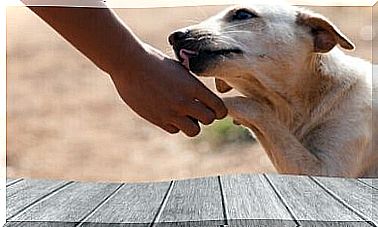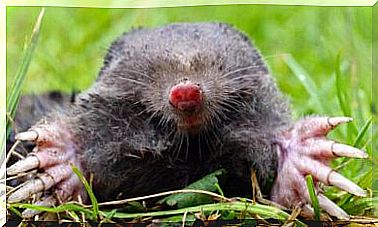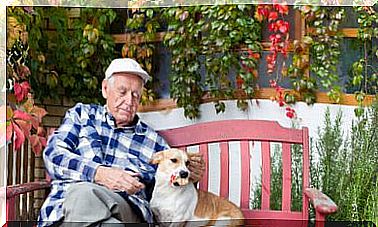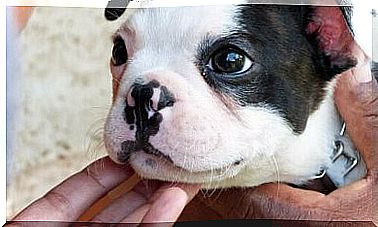5 Plantigrade Animals
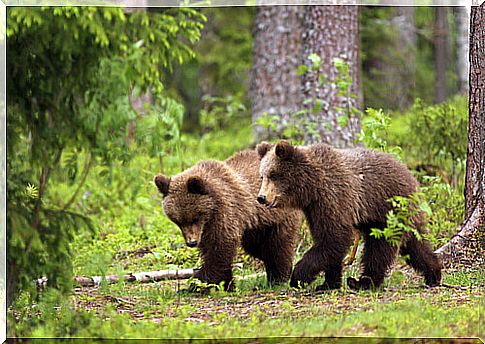
Plantigrade animals are those that completely support the soles of their feet, like human beings. Although you may not believe it, it is a very small group of species, as most of them are digitigrade, that is, they stand on their toes to walk. Check out some examples in the following article.
What plantigrade animals are there?
Within this select group, where people are also found, we can find bears, coatis, badgers and primates.
All of them can walk with all four legs flat on the ground and, in some cases, stand on two of them (the rear). Among the plantigrade animals we can highlight:
-
bear
The entire Ursidae family (picture that opens this article) is plantigrade: they move with a ‘heavy’ walk, by supporting all the soles of their feet on the ground.
Although they walk with all four legs supported, they sometimes support themselves on their hind legs. They do this, for example, to look more dangerous or reach the fruits of higher branches.
They also have the ability to walk upright for short distances.
In most cases, bears are large (up to 750 kg and three meters tall), with small ears and eyes compared to the rest of the body.
Almost all are omnivores, with the exception of the polar bear, and live in wooded environments.
-
coati
With an elongated tail and snout, the coati – or Nasua nasua, its scientific name – is a small mammal native to America that chooses warm, temperate ecosystems with dense afforestation.
It lives in groups of up to 20 people and moves with great agility among the trees; rests the entire paw on the ground to move across the ground.

Its short limbs end in strong nails to make pits in the earth. Furthermore, the pointed snout is your main ally for obtaining food.
As for the fur, they can be brown, reddish or black, with a striped tail and a black face.
-
raccoon
Raccoons are also part of the group of plantigrade animals, whose members have five long, nimble fingers that serve to guide and recognize danger.
Sometimes he “sits” like bears: when he eats or when he needs to rest.
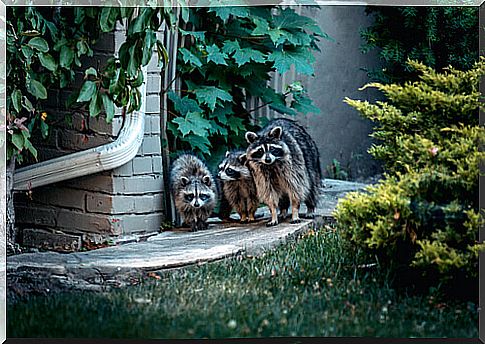
The raccoon lives near rivers, among the trees, and is very skilled with its front legs, both for hunting and for holding food: frogs, fruit, garbage… whatever it finds in front of it.
It is nocturnal and known for its gray coat, its ‘striped’ tail and its black and white muzzle.
-
Wolverine
The also known as glutton is another plantigrade animal that exists; similar to a bear, but small and reputed to be much fiercer than it looks.
The wolverine lives in the forests of Canada, Alaska, Russia and Siberia, and has no subspecies.
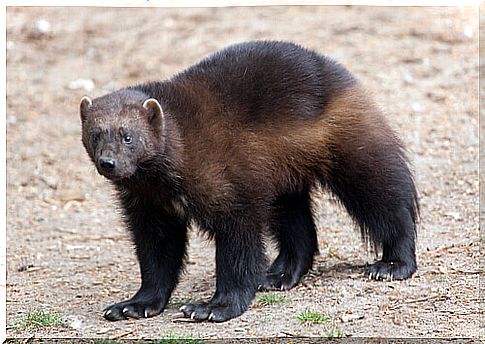
Has solitary habits (remains in constant motion both day and night) except in mating and brooding seasons; females have a very long gestation.
In terms of diet, they can consume carrion, rodents, insects, larvae, berries, seeds, birds and eggs.
-
Badger
The badger is a medium-sized mammal that lives in Europe, America and Asia.
The most “famous” is from the old continent, which developed short, strong legs that allow them to walk without problems with the soles of their feet flat on the ground.
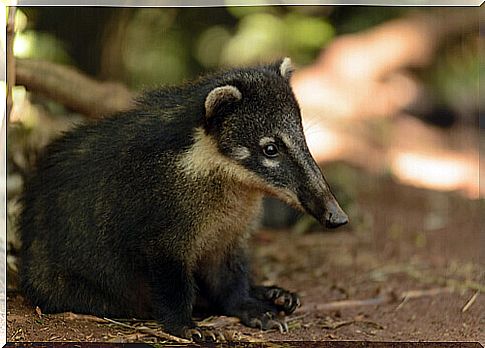
Furthermore, the badger is characterized by its long snout, with which it digs into the earth.
The coat is dark gray and has black and white lines on the face. It is omnivorous, leaves its lair at night and forms very territorial groups.
